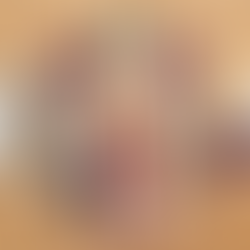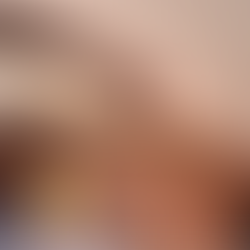Acupuncture
Acupuncture is the practice of inserting very fine metal needles into specific location in the body to help stimulate Qi flow. This is an ancient healing modality, and could be up to 5000 years old. Much like many ancient civilisations and their medicine, many sacred texts and documents have been destroyed over time, so the exact age of Chinese medicine is not accurately known.
Karina offers the 3 types of Acupuncture at her Newport Chinese Medicine Clinic:
Body Acupuncture
An acupuncturist will ascertain a diagnosis of the patient by asking questions, looking at their tongue and taking the pulse before selecting the appropriate points on the body to needle. These points are selected from the many meridian lines that traverse the body where currents of Qi flow. Once the needles are inserted the patient is encouraged to rest (maybe even drift off into sleep) for approximately 20 to 30 minutes before the needles are removed.
The size of an acupuncture needle is very fine, unlike a hypodermic needle used to take a blood sample, and so the needles do not hurt or draw blood when inserted. Patients can sometimes feel a dull spreading sensation, or a short electrical sensation, which is a good sign that the needle has accessed the flow of Qi in that meridian.
Scalp Acupuncture
There are many micro-systems in the body, where the entire body is reflected in a small area. The tongue is a microsystem, as is the ear, the eye, the pulse, and so is the scalp of the head. Scalp acupuncture is a great branch of acupuncture for pain reduction and management. By needling the region of pain reflected on the scalp, the patient is then free and able to move their injured body part around to test and check if their pain levels have changed.
Scalp acupuncture has also shown great efficacy in improving motor skills in patients that have had a reduction in mobility for example after a stroke, or for improving health conditions of the nervous system.
Ear Acupuncture / seeds
Much like the scalp, the ear is also a microsystem of the whole body. If you can imagine a baby curled up in the foetal position, it is shaped like a human ear. Acupuncture points within the ear can have an effect on the respective body part that they reflect.
Acupuncture needles can be used directly into these points, or a press on ear seed can be adhered to the point (like a little sticker with a mustard seed in it), and the patient can wear these for a few days, giving them a little squeeze every now and then to re-stimulate the point.


















